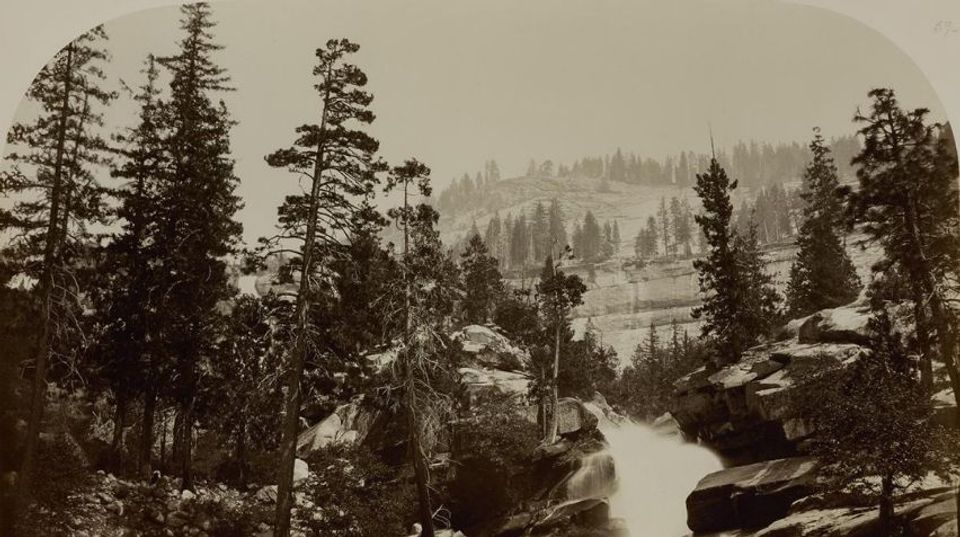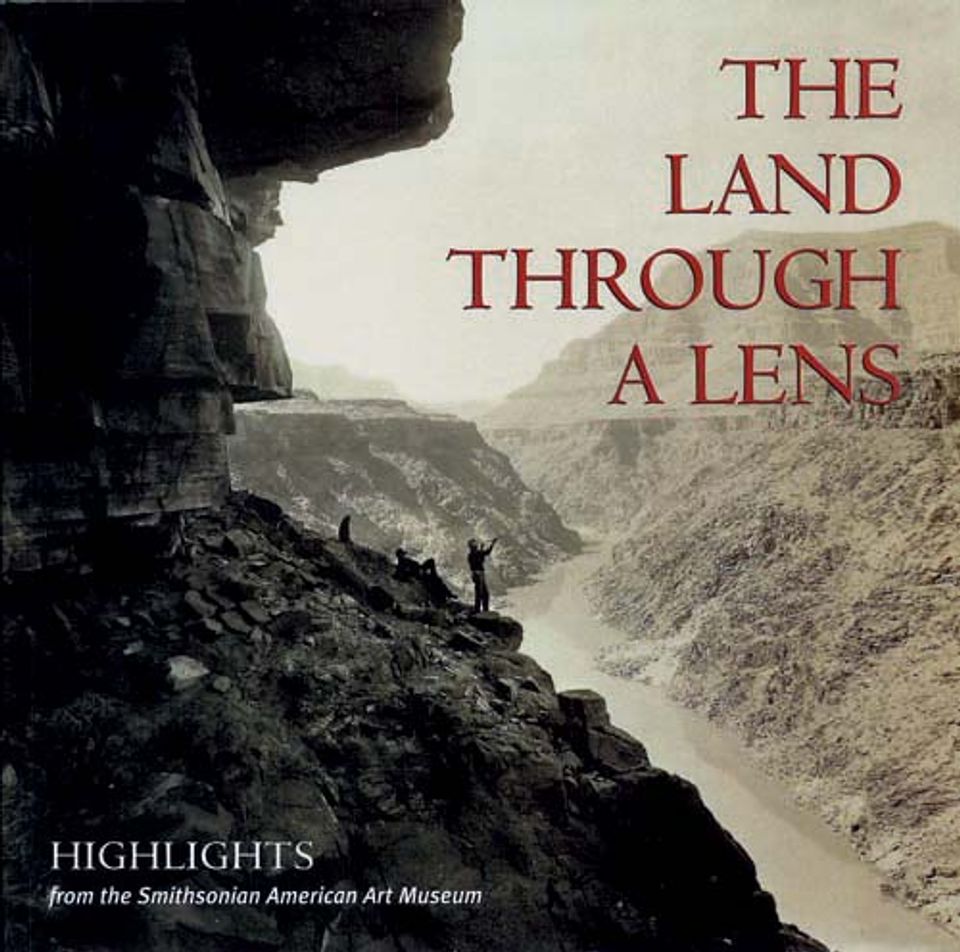Carleton E. Watkins
- Also known as
- Carleton Eugene Watkins
- Carleton Watkins
- Born
- Oneonta, New York, United States
- Died
- Imola, California, United States
- Active in
- San Francisco, California, United States
- Biography
Few landscape photographers gained such national acclaim as Carleton Watkins. Born in Oneonta, New York, he left for California in 1851 at the age of twenty-two. After a brief apprenticeship in a portrait photography gallery, he was in business for himself by 1861. Unlike most studio owners, however, Watkins gave up the financial security of gallery portraiture for the more sporadic opportunities in landscape photography. He made his first trip to Yosemite in the fall of 1861, producing thirty mammoth-plate and one hundred stereoscopic negatives. They were among the first photographs of the valley sent back east. It was partly based on this material that President Lincoln signed a bill in 1864 banning development in the valley, which led to the establishment of the national-parks system. Over the next twenty years Watkins returned to the valley at least seven times. His achievement prompted others, such as photographer Charles R. Savage, to refer to Watkins as "the most advanced in the photographic art...who has produced, with his camera, results second to none in either the eastern or western hemispheres."
In the early 1860s Watkins began photographing mines for clients who required views of geographic features as evidence in legal cases involving land. The Mining and Scientific Press, always interested in the content of such images, especially praised Watkin's work: "[The pictures]...are really masterpieces of the photographic art, and present the most perfect and life-like representations of hydraulic mining we have ever seen on paper." The Press was even more enthusiastic about the utility of the photographs for the mining industry itself: "The accurate distinctness with which [the sites] are shown, in connection with the topography of the country, timber, etc., is really remarkable, and affords another instance of the value of the photographic art in aiding the engineer to describe the progress and condition of his work." When the mining operation caused pollution and destructive flooding, Watkins's photographs became the first used as court evidence in an environmental suit.
In the winter of 1873–74 Watkins traveled to Utah with the landscape painter William Keith. On this expedition his photographic wagon rode "piggyback" on a specially designed car on the Union Pacific Railroad. A newspaper reporter described the trip: "The chartered two railroad cars...one of which contained the horses, wagon, hay, and feed, while the other was supplied with all the appointments requisite for domestic life." Along the way, Watkins photographed geological formations, among them Witches Rock. [SAAM, 1994.89.4]
Merry A. Foresta American Photographs: The First Century (Washington, D.C.: National Museum of American Art with the Smithsonian Institution Press, 1996)
Related Books
Related Posts















